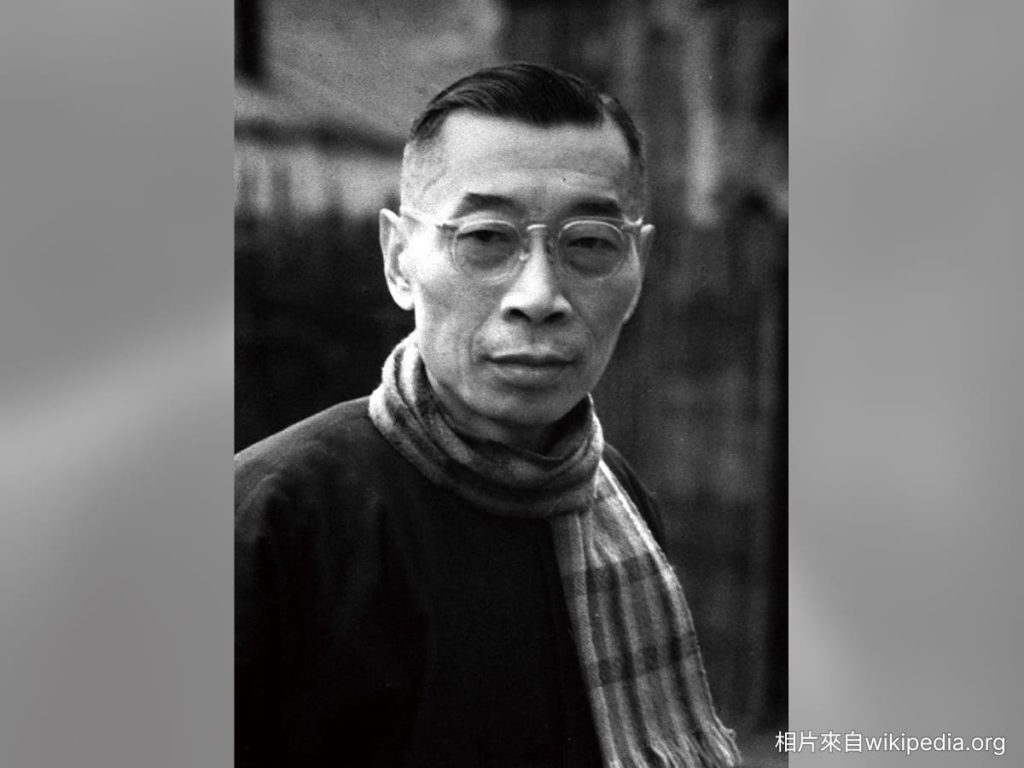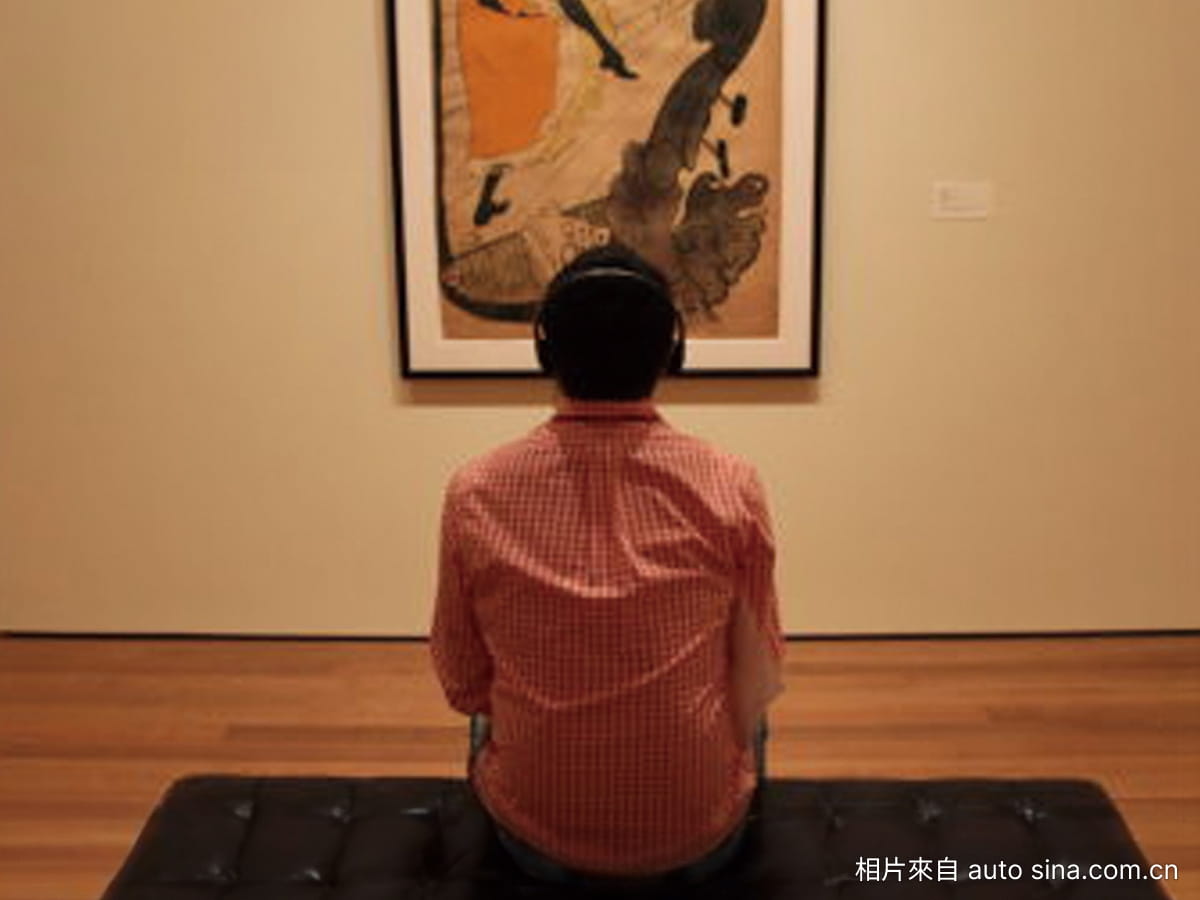Even if Chinese landscape painting did not reach the modern heights of Huang Binhong, classical landscape paintings actually already contained elements of Impressionism. For example, as previously introduced, Fan Kuan’s use of “raindrop texture strokes” expresses the form of mountains—when viewed up close, the details may not be clear, but from afar, one can immediately recognize it as a mountain.
In Western galleries, Impressionist works are sometimes accompanied by a long bench, allowing viewers to appreciate the paintings from a distance. Those who wish to view the paintings up close should do so from an angle that does not obstruct those seated on the bench, in order to maintain proper etiquette. Old-style paintings are rare and expensive, not easily accessible to the general public. Therefore, in response to gallery and market demands, new-style paintings began to emerge. These new-style works modernized traditional art. Huang Binhong’s calligraphy and painting art not only preserved the essence of traditional Chinese art and benefited from the depth of traditional national cultural cultivation, but also kept pace with the trends of modern art, drawing on and absorbing the spirit of modern aesthetic art. This adaptation of modern forms for traditional use, endowing traditional painting with a strong sense of the times, is the essential characteristic of Huang Binhong’s artistic aesthetics.

Fu Lei was a writer, collector, and art connoisseur. He held Huang Binhong in very high regard, even higher than Zhang Daqian. Fu Lei collected some of Huang Binhong’s masterpieces, which are extremely difficult to imitate. In contrast, many painters today can imitate Zhang Daqian’s splashed ink technique; his strength was mainly in copying Shitao’s works. The difference between the two lies in their approach to publicity: Zhang Daqian was good at storytelling and presentation, his soft power was greater than Huang Binhong’s, so the value of his works is also higher.
In the next episode of‘談文說藝’, we will discuss Huang Binhong’s works!
For more wonderful content, please stay tuned for the next episode of‘談文說藝’!
You are welcome to click the following link to revisit the program:
http://www.metroradio.com.hk/Campaign/2020/104/YSCL/


